Regenerative Medicine
Written by Dr. David Greene, MD, PhD, MBA on July 13, 2020
The US Leader in Stem Cell Therapy, Now in Mexico. Treatments start at $3750 for 25 million stem cells!
Special Promo: Get an additional 25 BILLION Exosomes IV with treatments over 50 million cells!”
The US Leader in Stem Cell Therapy, Now in Mexico. Affordable treatments start at $3750 for 25 million stem cells!
Special Promo: Get an additional 25 BILLION Exosomes IV with treatments over 50 million cells!”
Written by Dr. David Greene, MD, PhD, MBA on July 13, 2020
Regenerative Medicine is the branch of medicine that involves replacing or regenerating human cells and tissues to restore normal function. In other words, regenerative medicine aims to help the body to repair itself. This is in contrast to traditional medicine that uses drugs and surgery to treat conditions.
Regenerative medicine, generally, involves the use of stem cells, or “blank” cells, to stimulate repair and healing in the damaged tissues. Since these cells are versatile and can turn into many different types of cells, an increasing number of studies are being conducted about using them to treat a number of degenerative diseases, autoimmune conditions, and musculoskeletal injuries.
Stem cells (MSCs) or “undifferentiated” cells or “blank” cells hold the potential to become almost any other type of cell. This allows them to grow into new tissue or simply transplanted into the body for treatment. In the body, they find and repair or replace damaged tissue.
While we all have a supply of stem cells at birth, it depletes and the effectiveness reduces with age.
A stem cell transplant boosts the body’s own store of stem cells by hundreds of millions. The donated cord tissue-derived stem cells are “brand new”, have the highest potency and healing potential.
Stem cells have strong anti-inflammatory properties, which helps to treat autoimmune or degenerative conditions, such as MS. They have also been shown to heal and regenerate neurons in the body, preventing cell death. As a result,there is a reduction in symptom effect, as the stem cells normalize cell functions.
The results may last for several years without the need for another transplant.
All the above are great advantages compared to drug-based treatment plans.
Contact US

Dr. David Greene
MD, PhD, MBA
Dr. David Greene, MD, PhD, MBA, is a pioneering leader in regenerative medicine and healthcare marketing. As a residency and fellowship-trained orthopedic surgeon, Dr. Greene transitioned from clinical practice to become the founder and CEO of R3 Stem Cell and US Lead Network, where he has revolutionized patient care and medical practice growth through innovative therapies and digital marketing strategies. He has authored two influential books on healthcare internet marketing, ranks among the top expert authors globally, and has been featured on the cover of Corporate Vision magazine for his impact on global regenerative therapies. Beyond his professional achievements, Dr. Greene is passionate about education, compassion, and continuous innovation.

About R3 Stem Cell Mexico
Follow Us
Quick Links
Disclaimer
Stem cell therapy is considered experimental and is regulated by the U.S. Food and Drug Administration (FDA), but it is not FDA-approved. R3 Stem Cell does not offer stem cell therapy as a cure for any medical condition. No statements made on this site have been evaluated or approved by the FDA. This site does not provide medical advice. All content is for informational purposes only and is not a substitute for professional medical consultation, diagnosis, or treatment. Reliance on any information provided by R3 Stem Cell, its employees, others appearing on this website at the invitation of R3 Stem Cell, or other visitors to the website is solely at your own risk. R3 Stem Cell does not recommend or endorse any specific tests, products, procedures, opinions, or other information that may be mentioned on this website. R3 Stem Cell is not responsible for the outcome of your procedure. The FDA considers stem cell therapy experimental at this point.
Contact Us
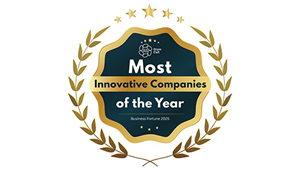
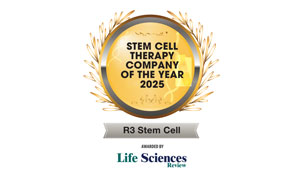
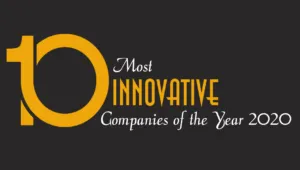

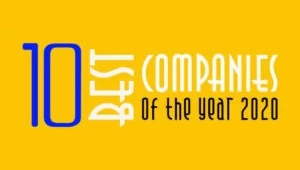
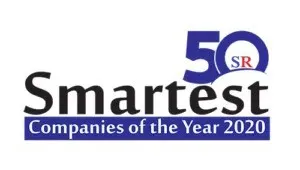
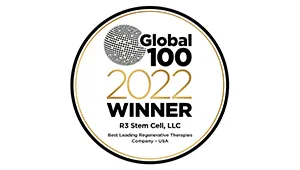
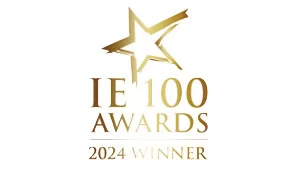
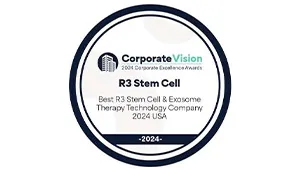
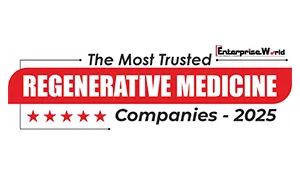
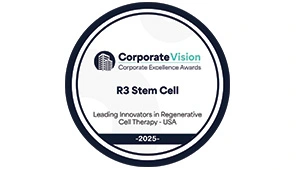
Copyright © 2016 – 2025 R3 Stem Cell